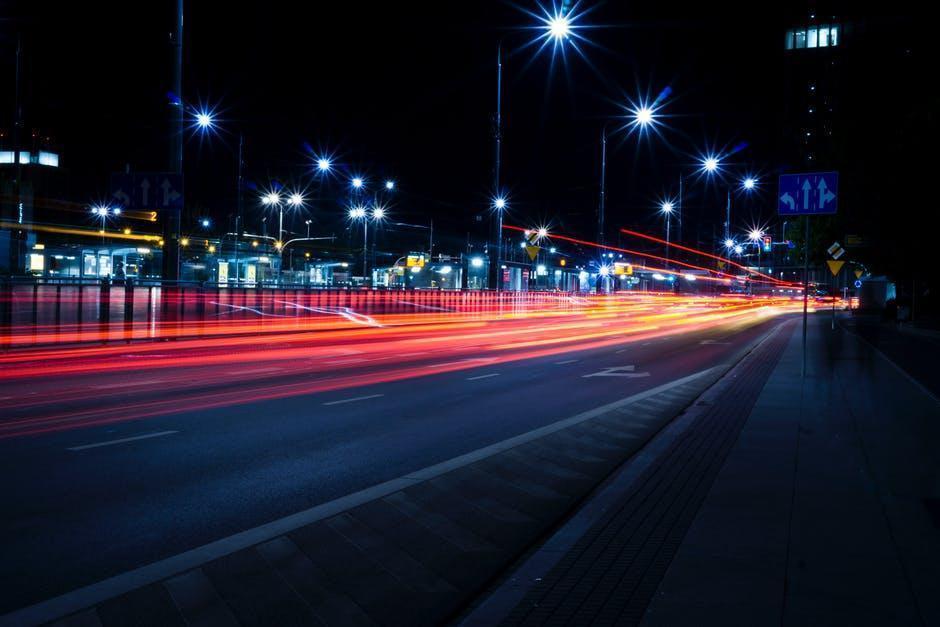De Anand Ayyadurai
IOT and AI adoption is now being utilised to scale up contactless, affordable, and highly accessible self-drive rental services across cities.
Due to the COVID-19 pandemic, a shift in the priorities and travel patterns of daily commuters has been observed. With safety now a top priority, commuters are expected to move away from public transportation to personal mobility options that do not require being near other commuters/drivers.
Therefore, self-driving two-wheeler rentals are uniquely positioned to address the key concerns of commuters, with a safe, reliable, and affordable service that is not shared with other commuters/drivers.
Technology (IoT) adoption within this space has served as a key enabler for operational efficiency in the past, and is now being utilised to scale up contactless, affordable, and highly accessible self-drive rental services across cities.
Transformation of self-drive two-wheeler rentals
Self-drive scooter rental is a decade-old business in India. It was primarily used in tourist hotspots such as Goa, where hotels would rent out 20-30 scooters per day to customers. However, even at a smaller scale, operators faced problems such as inability to monitor the usage of vehicles, driver behaviour, frequent theft, etc.
Today, scooter rental companies have expanded their fleets to thousands of scooters, and consumer use cases range from daily work commute and chores to food delivery, leisure activities, tourism etc. The key enabler for this rapid expansion has been widespread IoT adoption by two-wheeler fleet operators.
IoT as a key enabler for scale and adoption
A commuter’s journey on a self-drive two-wheeler rental can be broken down in 4 parts – 1) searching for available scooters 2) starting the ride 3) the ride experience, and 4) ending the ride. Each part has been optimised and streamlined using IoT.
Consumers locate available scooters on an app, and can also view features such as fuel level, presence of helmet, sanitisation status etc on the same app. Once they locate the scooter, they can start the ride within 10 seconds by scanning a QR code, which limits physical touchpoints in the overall commute. The ride experience is further optimised by real-time fuel status alerts, geo-fencing alerts, and over-speeding alerts on the app.
Finally, commuters can end the ride virtually using the app. The app also detects if the helmet has been returned to the boot, and if the boot has been locked. The consumer is then accurately charged based on this exact usage of the service.
Therefore, GPS and IoT sensors installed in scooters not only make the commute journey seamless and contactless for the consumer, but also enables the operator to constantly monitor the health of vehicle parts and send alerts to the control room in case of improper usage or theft.
Implementation of tech-enabled business model
As a function of changing priorities/commute patterns due to COVID-19, companies have utilised IoT to change their business models to enhance the safety of their services.
Many players have launched long-term rental packages for consumers, with an option of home delivery of scooters by the fleet executive (FEs). In this scenario, consumers can pick up their scooter at any point post-delivery, and then use it for months before returning.
The key enablers for the launch of this model are IoT-enabled features such as keyless transfer, virtual daily updates on vehicle health, usage during rentals, and timely servicing alerts based on predictive maintenance algorithms etc.
Customers have the flexibility to choose their scooter based on ‘last sanitised’ status now available on scooter rental apps. The app would also send alerts whenever commuters venture near red zones.
The future of IoT in self-drive two-wheeler rental industry
The IoT device is currently installed separately by operators on the scooter. But going forward, many OEMs are considering integrating into the scooter. This will transfer the responsibility of manufacturing and designing these devices to the OEM, and cut costs for the operator significantly.
Many players are also considering a switch to e-scooters to optimise their fuel costs. IoT technology on e-scooters can analyse driving patterns and impose parental controls like limiting max speed and limit.
It can also detect, and report the use of unauthorised spare parts during EV servicing. Remote-controlled delivery of an e-scooter may even be possible, with IoT-enabled cameras and a seamless 4G connection.
Scooters will soon be unlocked without the commuter having to take out his phone- automotive-grade biometric face scans, and fingerprint sensors will be installed on scooters which will ensure smooth customer experience and streamline commuter verification ability on the fleet operator end.
Technology (IOT/AI and others) has the potential to solve problems and unlock opportunities that today can only be imagined.
Link: https://yourstory.com/2020/07/role-iot-ai-play-mobility-space-post-covid-19
Source: https://yourstory.com
















Leave a Reply